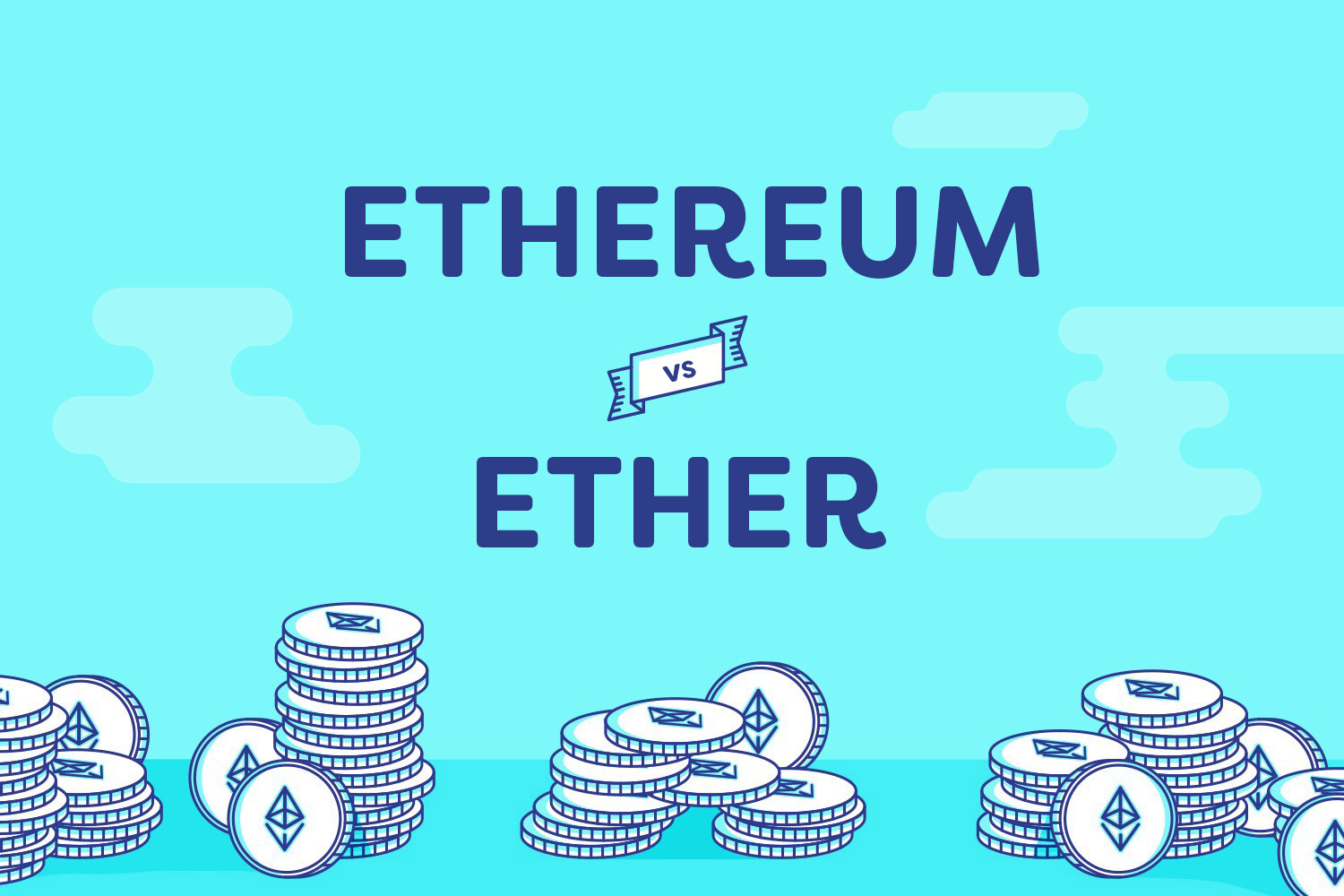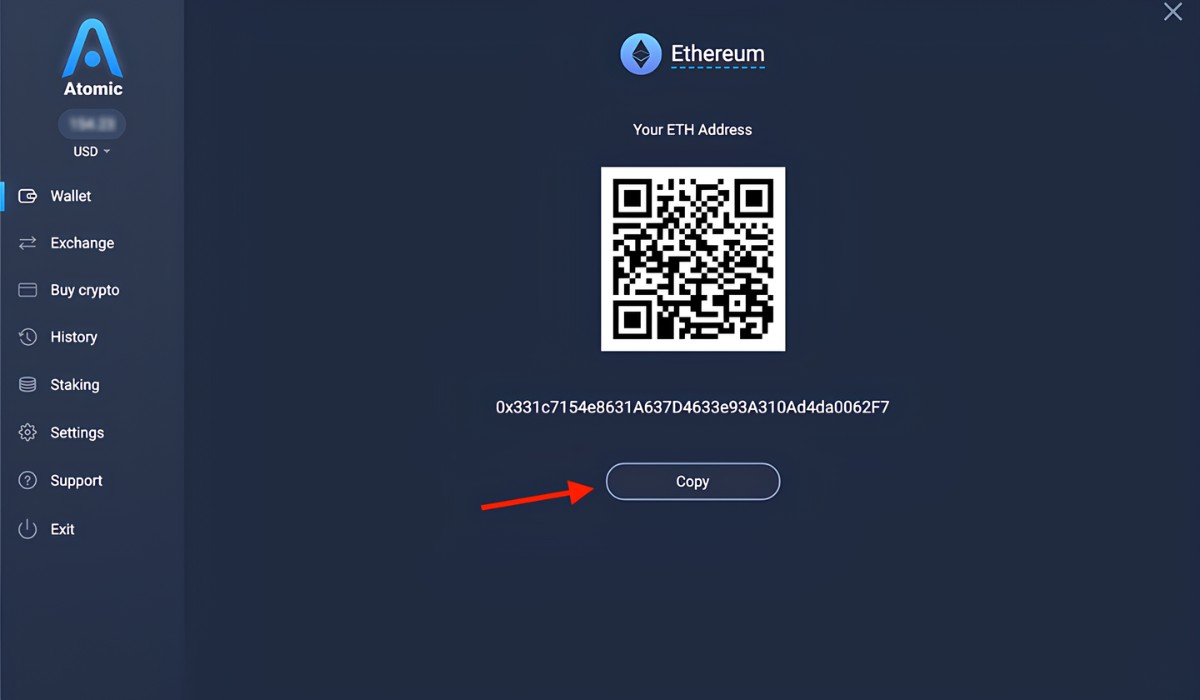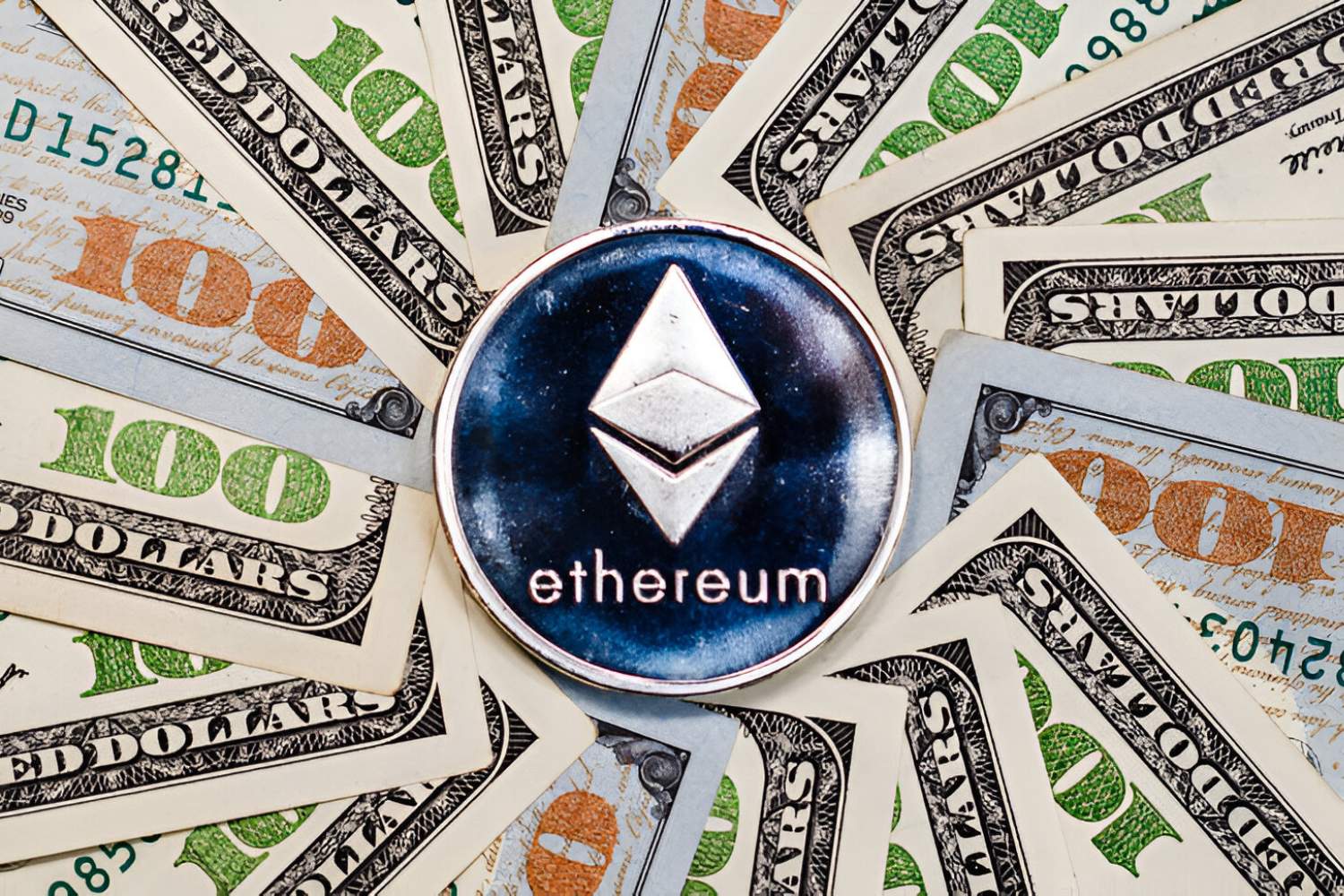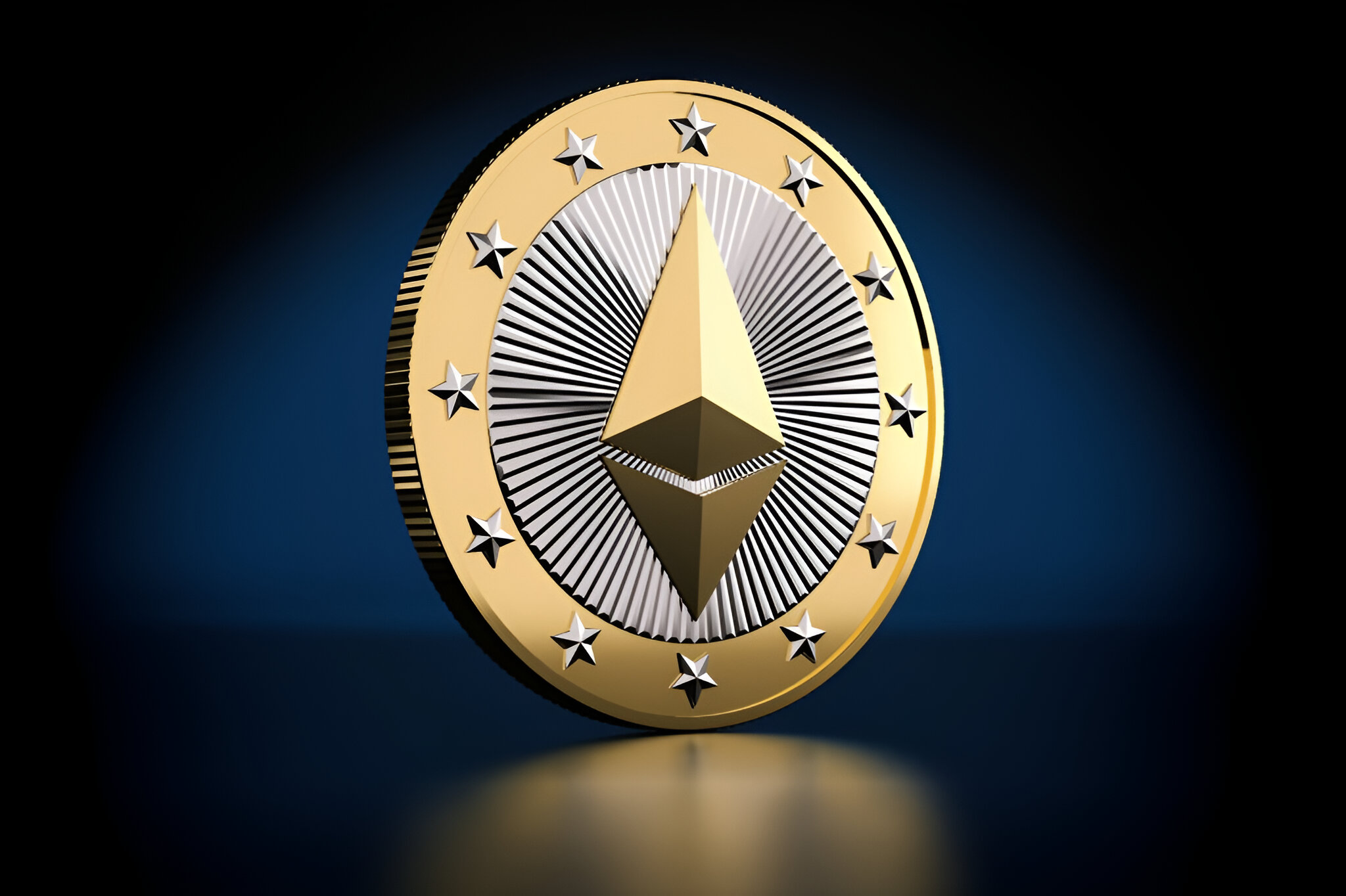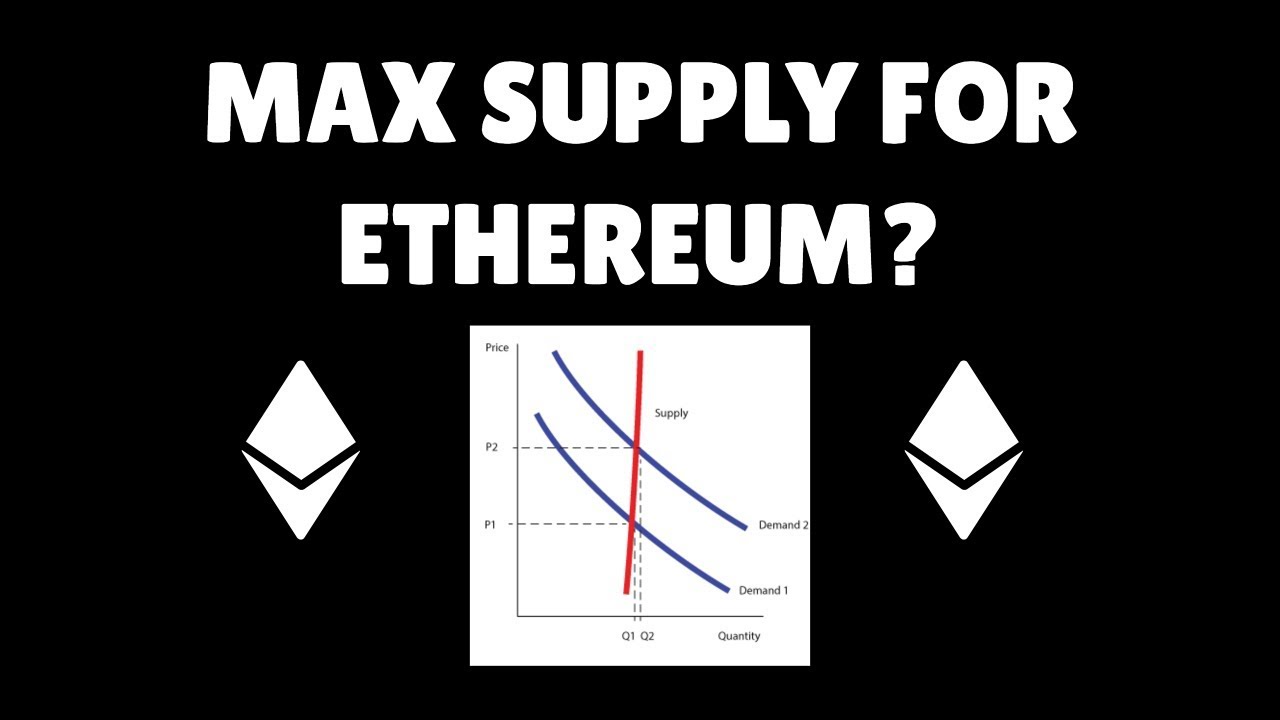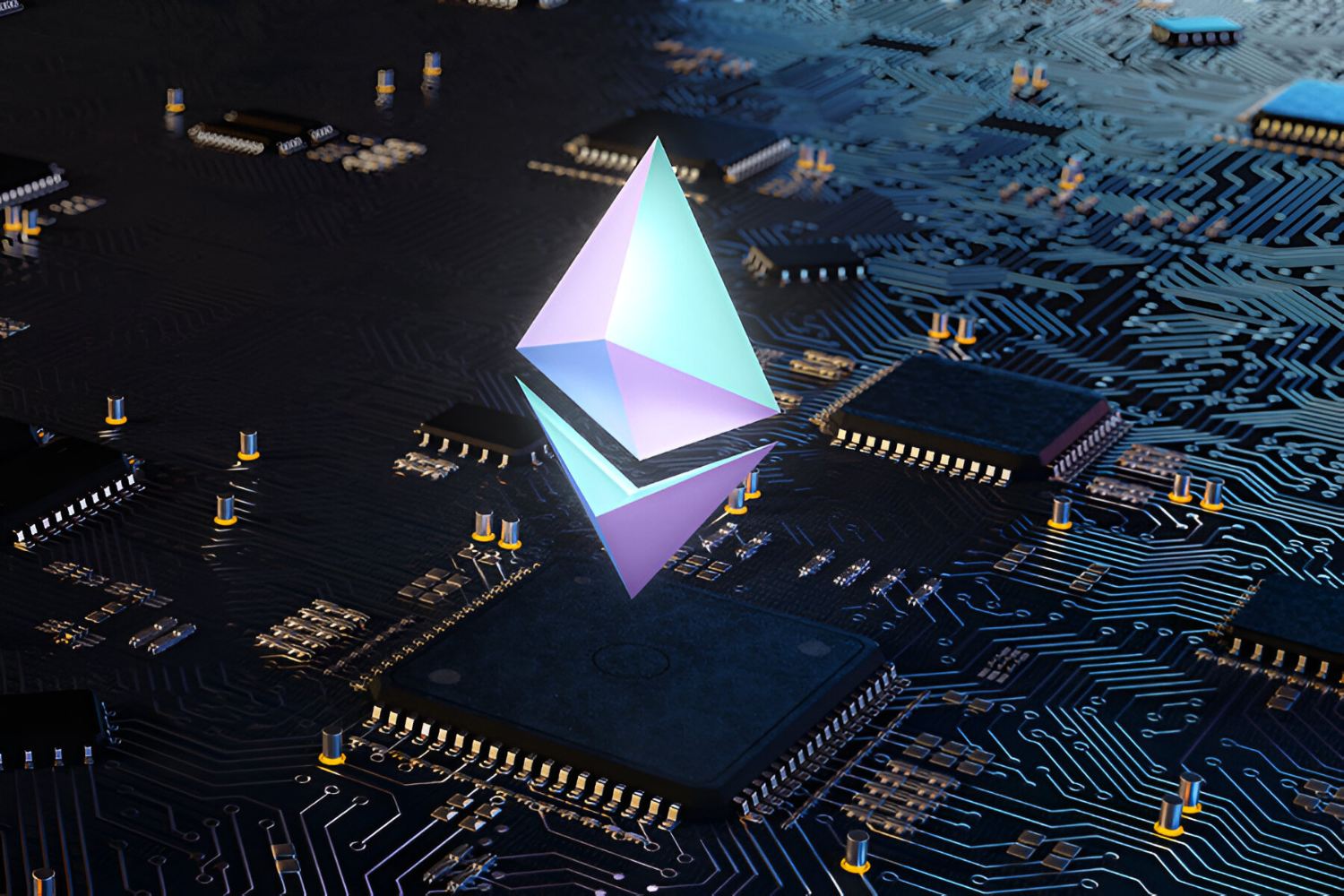What Is Ethereum?
Ethereum is a decentralized, open-source blockchain platform that enables the development and execution of smart contracts and decentralized applications (DApps). It was proposed by Vitalik Buterin in 2013 and went live in 2015. While Bitcoin revolutionized digital currency, Ethereum revolutionized the concept of blockchain technology by introducing the capabilities to build and deploy smart contracts.
Unlike Bitcoin, which focuses on enabling peer-to-peer transactions of its native cryptocurrency, Ethereum expands the possibilities beyond digital currency. It serves as a programmable platform that allows developers to build applications on top of its blockchain. These applications, known as DApps, are powered by smart contracts, which are self-executing contracts with predefined conditions. They automatically execute transactions or actions once those conditions are met.
Ethereum holds a significant advantage over traditional centralized platforms as it eliminates the need for intermediaries, provides transparency, and ensures security through its decentralized nature. The Ethereum Virtual Machine (EVM), a runtime environment within the Ethereum network, executes the code of smart contracts and facilitates the execution of DApps.
The Ethereum ecosystem operates on the principle of consensus, which means that decisions regarding the network’s rules and state changes are made collectively by its participants. This peer-to-peer model allows for trustless interactions, as the system is secured through a process called mining.
Overall, Ethereum is more than just a cryptocurrency. It’s a platform that has opened up new possibilities for developers, entrepreneurs, and businesses to build decentralized applications, innovative financial solutions, and decentralized systems in various industries such as finance, supply chain management, healthcare, and more. With its robust infrastructure, Ethereum has become a driving force behind the growth of the blockchain revolution.
What Is Ether?
Ether is the native cryptocurrency of the Ethereum blockchain. While Ethereum is the platform, Ether is the fuel that powers it. It serves as a means of value exchange within the network and facilitates transactions between participants.
Similar to Bitcoin, Ether operates on a decentralized system, which means that it is not controlled by any central authority or government. This decentralized nature ensures the transparency, security, and immutability of transactions conducted on the Ethereum network.
Ether has multiple functions within the Ethereum ecosystem. First and foremost, it is used as a medium of exchange. Users can send and receive Ether as a form of payment for goods, services, or other digital assets. This ability to transfer value quickly and securely has made Ether a popular digital currency.
In addition to being a currency, Ether also plays a crucial role in supporting the execution of smart contracts. When developers want to create a smart contract or execute any operation on the Ethereum network, they need to pay a fee. This fee is known as gas and is calculated using Ether. Gas fees are required to perform any transaction or action on the Ethereum network and serve as an incentive for miners to validate and process those transactions.
Furthermore, Ether serves as a unit of account within the Ethereum ecosystem. It allows for the measurement and valuation of digital assets and services created on the platform. Developers can set specific prices for their DApps or tokenize their assets using Ether as the reference currency.
Lastly, Ether holds an investment value. As the popularity and adoption of Ethereum grow, the demand for Ether may increase, potentially leading to an appreciation of its value. Many individuals and institutional investors see Ether as a long-term investment opportunity in the rapidly evolving blockchain industry.
In summary, Ether is the cryptocurrency that powers the Ethereum network. It acts as a medium of exchange, fuel for executing smart contracts, unit of account, and investment asset. Its versatility and importance within the Ethereum ecosystem have contributed to the widespread adoption and value of the currency.
The Relationship Between Ethereum and Ether
Ethereum and Ether are often used interchangeably, but it’s important to understand the distinction between the two. Ethereum refers to the blockchain platform and the underlying technology, while Ether is the native cryptocurrency that operates within the Ethereum ecosystem.
Think of Ethereum as the operating system of a computer and Ether as the currency used to carry out transactions and power the applications built on that system. Ethereum provides the infrastructure and tools for developers to create decentralized applications (DApps) and smart contracts, and Ether serves as the fuel that enables these applications to run.
Consider Ether as the lifeblood of the Ethereum network. It is required for various operations, such as deploying smart contracts, executing transactions, and paying gas fees. Without Ether, the functionality and usability of the Ethereum platform would be severely limited. Therefore, Ether is fundamental to the functioning of the Ethereum ecosystem.
Although Ether is primarily associated with the Ethereum blockchain, it has also gained recognition as a valuable digital asset in its own right. As mentioned earlier, Ether can be used as a medium of exchange for goods and services, much like traditional currencies. It can also be held as an investment, with its value subject to market forces and investor sentiment.
Furthermore, the price of Ether is influenced by the demand and adoption of the Ethereum platform. As more developers build DApps and users transact on the Ethereum network, the demand for Ether increases, potentially driving its value upward. Conversely, factors that negatively impact Ethereum’s adoption or reputation can affect the price of Ether.
It’s important to note that while Ether is the primary cryptocurrency within the Ethereum ecosystem, it is not the only one. The Ethereum platform also supports the creation of other tokens, known as ERC-20 tokens. These tokens can represent digital assets, virtual currencies, or even shares in a company. However, Ether remains the backbone and primary means of value exchange within the Ethereum network.
In summary, Ethereum and Ether have a symbiotic relationship. Ethereum provides the decentralized platform for developers to build applications and smart contracts, while Ether serves as the native cryptocurrency that powers the operations and transactions within the Ethereum ecosystem. Understanding this relationship is key to comprehending the significance and potential of both Ethereum and Ether in the blockchain industry.
Ethereum as a Platform
Ethereum is not only a cryptocurrency but also a powerful platform for building decentralized applications (DApps) and executing smart contracts. It provides developers with a robust and flexible infrastructure to create innovative solutions across various industries.
One of the key features of Ethereum is its ability to execute smart contracts. Smart contracts are self-executing contracts with the terms of the agreement written into code. These contracts automatically execute when certain pre-defined conditions are met. The use of smart contracts eliminates the need for intermediaries in many processes, creating more efficient and transparent transactions.
Ethereum’s platform revolves around the Ethereum Virtual Machine (EVM), a runtime environment that executes the code of smart contracts. The EVM is Turing-complete, meaning it can perform any computation that a traditional computer can. This makes Ethereum a versatile platform for developing complex and sophisticated applications.
Developers can write smart contracts in Solidity, a programming language specifically designed for Ethereum. Solidity enables the creation of contracts with custom logic, business rules, and data structures. It also provides features to interact with other contracts, access data on the Ethereum blockchain, and handle events and exceptions.
In addition to smart contract functionality, Ethereum supports the development of decentralized applications (DApps). DApps are applications that run on the decentralized Ethereum network, using smart contracts as their backend infrastructure. These applications can offer a wide range of functionalities, from decentralized finance (DeFi) solutions to supply chain management systems, gaming platforms, and social networking applications.
One of the advantages of building on Ethereum is the network effect it has established over the years. There is a large and active developer community, a wealth of open-source libraries, and a wide range of tools and frameworks available. This ecosystem of developers and resources enables faster development cycles, collaboration, and innovation.
Ethereum also allows for token creation through the ERC-20 token standard. This standard provides a blueprint for creating fungible tokens that can be used for crowdfunding, loyalty programs, and asset representation, among other use cases. This capability has fueled the growth of Initial Coin Offerings (ICOs) and the tokenization of various assets.
Overall, Ethereum’s platform provides a powerful foundation for building decentralized applications and executing smart contracts. Its support for advanced functionality, its solid developer community, and the ability to create custom tokens have made it a popular choice for developers and businesses looking to leverage the benefits of blockchain technology.
Ether as a Cryptocurrency
Ether, the native cryptocurrency of the Ethereum blockchain, functions as a digital asset and a medium of exchange. It shares many similarities with other cryptocurrencies like Bitcoin but also has distinct features and use cases.
As a cryptocurrency, Ether operates on a decentralized system, independent of any central authority. This decentralized nature allows for secure and transparent transactions, reducing reliance on traditional financial intermediaries.
One of the primary functions of Ether is as a medium of exchange. Users can send and receive Ether as a form of payment for goods, services, or other digital assets. Its digital nature enables quick and seamless transactions, borderless transfers, and lower transaction fees compared to traditional banking systems.
Similar to other cryptocurrencies, Ether can also be considered a store of value. Its limited supply and growing adoption have led to price appreciation over time. Many individuals and institutional investors view Ether as a potential long-term investment opportunity, similar to how one may invest in other assets like stocks or precious metals.
Ether’s value is influenced by factors such as market demand, investor sentiment, and Ethereum’s overall network usage. As more individuals and businesses adopt Ethereum and utilize Ether for transactions or participate in decentralized applications, the demand for Ether may increase, potentially driving its value upward.
Additionally, Ether holds intrinsic value within the Ethereum ecosystem. It is necessary to perform various operations on the platform. For instance, developers need Ether to deploy smart contracts and execute transactions. This requirement creates a fundamental utility value for Ether, as it serves as the fuel that powers the Ethereum network.
Ether’s functionality extends beyond being a digital currency. It also holds value in its use as a governance asset within the Ethereum network. Ethereum Improvement Proposals (EIPs) can be proposed and voted on by Ether holders. This gives them the ability to shape the future development and direction of the Ethereum ecosystem.
Lastly, Ether’s value can be leveraged to unlock additional opportunities in decentralized finance (DeFi). Users can lend or stake their Ether to earn interest, participate in liquidity pools, or use it as collateral to borrow other digital assets.
In summary, Ether serves as a versatile cryptocurrency within the Ethereum ecosystem. It functions as a medium of exchange, a store of value, a utility asset, a governance token, and a gateway to various DeFi opportunities. Its role in facilitating transactions, powering the Ethereum network, and potential for investment creates a robust ecosystem around Ether.
Smart Contracts and DApps on Ethereum
One of the groundbreaking features of Ethereum is its ability to support smart contracts and decentralized applications (DApps). Smart contracts are self-executing contracts with the terms of the agreement directly written into code. They automatically enforce agreements, execute transactions, and govern the interactions between parties.
Ethereum’s platform provides an ideal environment for the development and execution of smart contracts. Developers can create smart contracts using languages like Solidity, which is specifically designed for Ethereum. These contracts are deployed onto the Ethereum blockchain and are immutable, transparent, and secure.
Smart contracts on Ethereum have a wide range of applications. They can be used to create decentralized financial systems such as lending platforms, decentralized exchanges, and stablecoins. They can facilitate supply chain management, digital identity solutions, and voting systems. The possibilities are virtually limitless.
Decentralized applications, or DApps, are applications that run on the Ethereum network and make use of smart contracts as their backend infrastructure. These applications can have various purposes, from gaming and entertainment to finance and social networking.
Building DApps on Ethereum offers several advantages. The decentralized nature of the platform ensures that DApps are resistant to censorship and single points of failure. Users have full control over their data and assets, without relying on third-party intermediaries. This fosters greater privacy, security, and trust.
Furthermore, Ethereum’s platform provides a high level of interoperability. DApps built on Ethereum can interact with each other, allowing for seamless integration and collaboration. This opens up opportunities for building complex, interconnected systems and applications.
Developers can leverage the existing Ethereum ecosystem by utilizing open-source libraries, frameworks, and tooling. This helps streamline development processes, reduce time to market, and foster innovation. The Ethereum community is vibrant and supportive, with a multitude of resources available for developers to learn and collaborate.
Additionally, Ethereum’s platform is constantly evolving and improving. The Ethereum Foundation and a global community of developers contribute to its ongoing development, ensuring that it remains at the forefront of blockchain technology. Updates to the platform, such as Ethereum 2.0, aim to enhance scalability, security, and sustainability.
In summary, Ethereum’s support for smart contracts and DApps has revolutionized the landscape of decentralized applications. The ability to create self-executing contracts and build trustless applications on a secure and transparent platform opens up exciting possibilities across various industries. Through its decentralized, interoperable, and constantly evolving platform, Ethereum empowers developers to create innovative and groundbreaking systems.
The Role of Ether in Transactions and Gas Fees
Ether, the native cryptocurrency of the Ethereum blockchain, plays a vital role in facilitating transactions and covering gas fees. Gas fees are required to execute operations and interact with smart contracts on the Ethereum network.
When users want to send Ether or execute transactions on the Ethereum blockchain, they need to pay a fee known as gas. Gas represents the computational effort required to process and validate transactions within the network. Gas fees serve as an incentive for miners to include transactions in blocks and secure the network.
Every transaction on the Ethereum network consumes a specific amount of gas, depending on its complexity and the computational resources required. Each operation within a transaction, such as data storage, calculations, or smart contract interactions, has a predefined gas cost.
Ether is used to pay for these gas fees. Users must have enough Ether in their wallets to cover the gas needed for their transactions. Gas fees are calculated by multiplying the gas price, denoted in Ether, by the gas limit, which represents the maximum amount of gas a user is willing to pay for a transaction.
The fluctuating price of Ether affects the cost of gas fees. When the price of Ether rises, the cost of gas in fiat currency terms also increases. This can lead to higher transaction fees, making it more expensive to interact with the Ethereum network during periods of high demand.
Gas fees ensure that the Ethereum network remains secure, efficient, and free from spam or excessive computational demands. By requiring the payment of gas, the network prevents malicious actors from overloading the system or executing resource-intensive operations.
Miners who validate transactions and add them to the blockchain are rewarded with both block rewards (newly created Ether) and with the gas fees associated with each transaction. This incentivizes miners to prioritize transactions with higher gas fees, increasing the likelihood of faster transaction confirmations.
It’s essential for users to set an appropriate gas price and gas limit when sending transactions to effectively balance the desired transaction speed with the associated costs. Various tools and platforms provide estimations of gas fees based on current network conditions and transaction complexity.
In summary, Ether holds a crucial role in Ethereum transactions by enabling the payment of gas fees. Gas fees ensure the stability and security of the network while incentivizing miners. Users must have sufficient Ether to cover gas fees, which vary based on computational complexity and network conditions. By paying these fees, participants can execute transactions and interact with smart contracts on the Ethereum network.
Benefits and Uses of Ethereum and Ether
Ethereum and its native cryptocurrency, Ether, offer several benefits and have a wide range of uses, making them valuable assets in the blockchain ecosystem.
One of the significant benefits of Ethereum is its ability to provide a decentralized platform for building applications and executing smart contracts. This decentralized nature eliminates the need for intermediaries, increases transparency, and reduces the risk of fraud or manipulation.
Ethereum’s platform enables the development of decentralized applications (DApps) that can disrupt traditional industries. DApps can provide innovative solutions for finance, supply chain management, gaming, social networking, and more. They offer a level of privacy and user control that traditional centralized applications cannot match.
Ethereum also supports the tokenization of assets through the ERC-20 token standard. This allows for the creation of digital assets, tokenized securities, and even virtual currencies. Tokenization opens up new opportunities for crowdfunding, fractional ownership, and seamless transferability of assets.
Smart contracts, a key feature of Ethereum, automate contractual agreements and transactions. They remove the need for human intermediaries, improving efficiency and reducing costs in various fields such as legal processes, insurance claims, and supply chain tracking.
As a store of value and a medium of exchange, Ether offers a range of uses. Users can transact with Ether for goods and services, enjoying the benefits of fast, secure, and borderless transactions. Its digital nature allows for quick and efficient cross-border payments without the need for traditional financial intermediaries.
Ether can also serve as an investment asset, as its value has shown significant growth over time. Many individuals and institutions see Ether as a long-term investment opportunity in the expanding blockchain industry. Its limited supply and increasing adoption contribute to its potential as a store of value.
Another benefit of Ethereum and Ether is the active and vibrant community and ecosystem surrounding them. Developers have access to a wide range of resources, open-source libraries, and tools to create and deploy applications. The collaborative and supportive nature of the community fosters innovation and accelerates the development of the Ethereum ecosystem.
Ethereum’s platform is continuously evolving to address scalability and sustainability challenges. Projects like Ethereum 2.0 aim to increase the network’s capacity, reduce energy consumption, and improve security. These developments ensure that Ethereum and Ether remain at the forefront of blockchain technology, driving broader adoption and use cases.
Overall, the benefits of Ethereum and Ether include decentralization, support for smart contracts, tokenization of assets, diverse use cases in various industries, transactional efficiency, investment opportunities, and a vibrant community. These elements contribute to the value and growing significance of Ethereum and Ether in the blockchain landscape.
Conclusion
Ethereum and its native cryptocurrency, Ether, have revolutionized the blockchain industry. Ethereum’s platform provides a decentralized infrastructure for the development and execution of smart contracts and decentralized applications (DApps). With its robust ecosystem and versatile functionality, Ethereum has become a driving force behind the growth of the blockchain revolution.
Ether plays a crucial role in the Ethereum ecosystem as a medium of exchange, a store of value, and a utility asset. It powers transactions and covers gas fees required for executing operations on the network. The value of Ether is influenced by market demand, network usage, and investor sentiment, making it a potential long-term investment opportunity.
Ethereum’s smart contract capabilities enable the automation of agreements and the creation of trustless systems. DApps built on Ethereum offer various benefits, such as increased privacy, security, and user control. Ethereum’s platform also supports the tokenization of assets, opening up new opportunities for crowdfunding and fractional ownership.
The benefits and uses of Ethereum and Ether span across industries, including finance, supply chain management, gaming, and social networking. Ethereum’s active and supportive community, coupled with ongoing development efforts, ensure the platform’s scalability, sustainability, and relevance in the ever-evolving blockchain landscape.
As the blockchain industry continues to grow and mature, Ethereum and Ether are poised to play significant roles in shaping the future of decentralized technologies. With their decentralized infrastructure, programmable smart contracts, and versatile use cases, Ethereum and Ether are at the forefront of innovation and adoption in the blockchain ecosystem.







